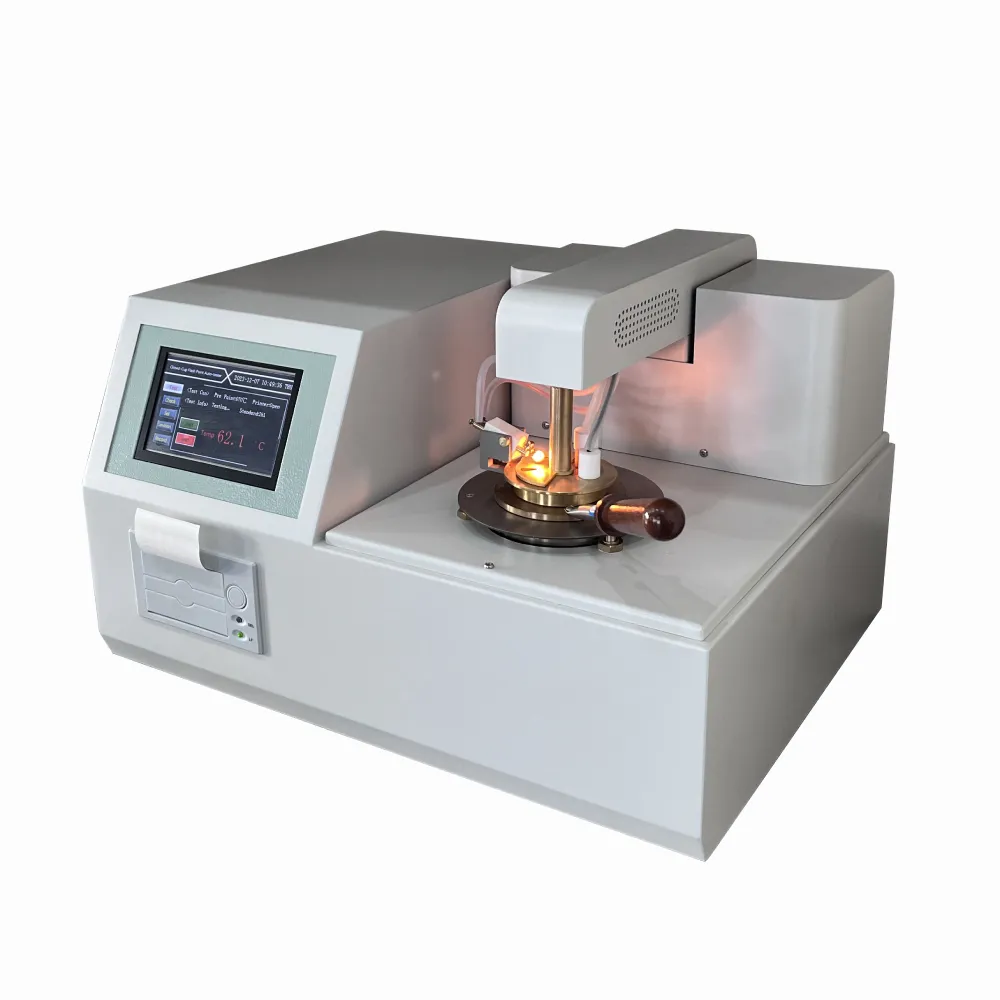 English
English


Methods and Techniques for Testing Dry Transformers in Electrical Applications
Understanding Dry Transformer Testing
Dry transformers play a crucial role in electrical systems, particularly in environments that require minimized maintenance and enhanced safety. Unlike oil-filled transformers, dry transformers utilize air for cooling, making them an excellent choice for indoor installations and locations with stringent environmental regulations. To ensure their reliability and efficiency, regular testing is essential. This article delves into the importance of dry transformer testing, types of tests performed, and best practices.
Importance of Testing
Testing dry transformers is vital for several reasons. First, it helps identify potential issues that could lead to failures or inefficient operation. Given the critical applications of transformers in power distribution and industrial processes, any malfunction can result in costly downtimes. Furthermore, testing contributes to the overall safety of electrical systems by detecting faults that may pose hazards to personnel and equipment.
Types of Tests
Various tests are conducted on dry transformers to assess their performance and safety. Some of the most common types include
1. Insulation Resistance Testing This test measures the insulation resistance of the windings. High resistance values are indicative of good insulation, while low values may signal deterioration, which could lead to short circuits or faults.
2. Power Factor Testing This test evaluates the power factor of the insulation system. A low power factor can indicate moisture presence or insulation degradation.
dry transformer testing

3. Turns Ratio Testing This procedure checks the ratio of the number of turns in the primary coil to that in the secondary coil, ensuring it aligns with the manufacturer's specifications. An incorrect turns ratio can lead to voltage imbalance and operational inefficiencies.
4. Temperature Rise Testing It measures the increase in temperature under load conditions. Excessive heat can indicate overload conditions or insufficient cooling, which might compromise transformer life.
5. Short Circuit Testing Although it is less common in dry transformers due to their robust design, this test assesses their ability to withstand short circuit conditions without sustaining damage.
Best Practices for Testing
To achieve accurate results and maintain the longevity of dry transformers, certain best practices should be followed. First and foremost, testing should be conducted by trained and qualified personnel familiar with the specific operational parameters and safety standards. Regular maintenance schedules should be established to ensure consistent testing intervals, thereby facilitating the early detection of potential issues.
Additionally, it is essential to document all testing results meticulously. Comprehensive records not only aid in recognizing trends over time but also assist in fulfilling regulatory requirements.
In conclusion, dry transformer testing is integral for maintaining operational reliability and safety. By understanding the various testing methods and adhering to best practices, operators can ensure that these vital components of electrical systems continue to function effectively, helping prevent costly emergencies and enhancing overall system performance.
-
Differences between open cup flash point tester and closed cup flash point testerNewsOct.31,2024
-
The Reliable Load Tap ChangerNewsOct.23,2024
-
The Essential Guide to Hipot TestersNewsOct.23,2024
-
The Digital Insulation TesterNewsOct.23,2024
-
The Best Earth Loop Impedance Tester for SaleNewsOct.23,2024
-
Tan Delta Tester--The Essential Tool for Electrical Insulation TestingNewsOct.23,2024





